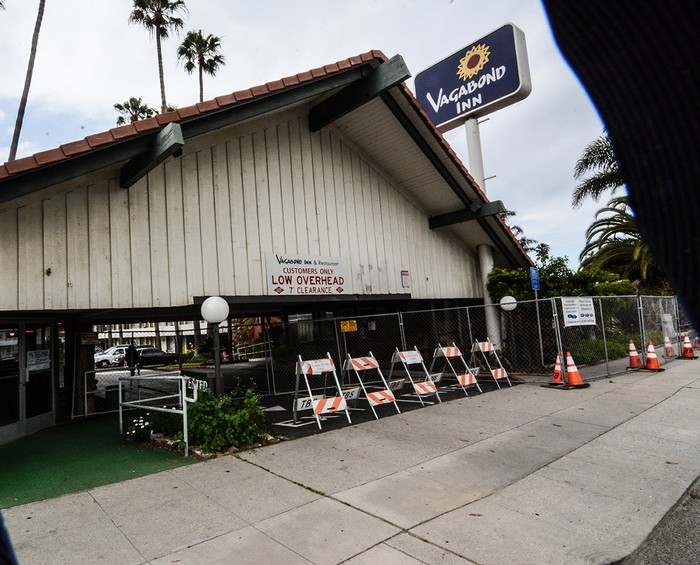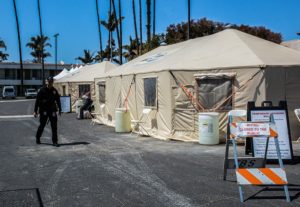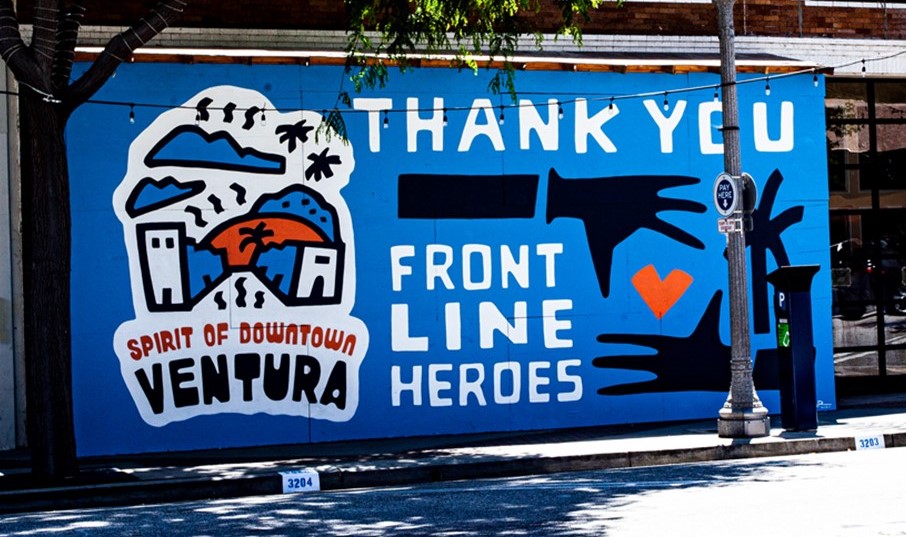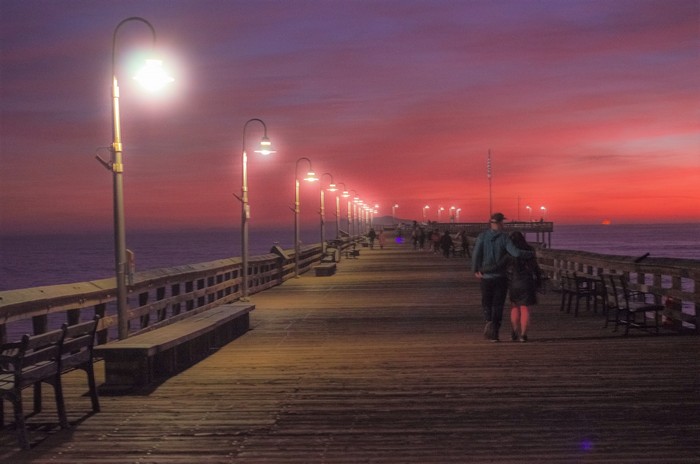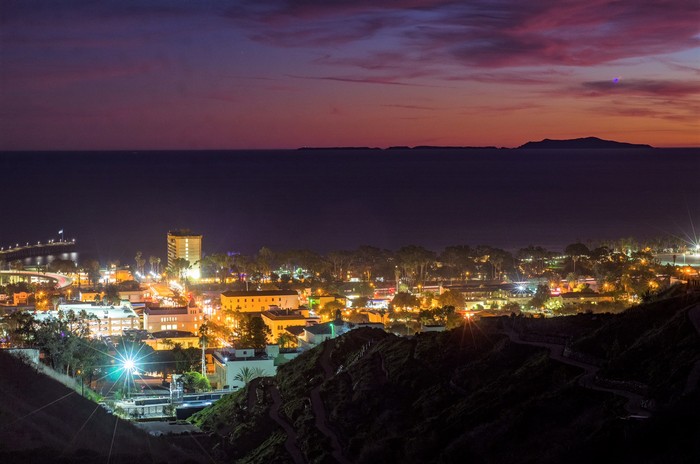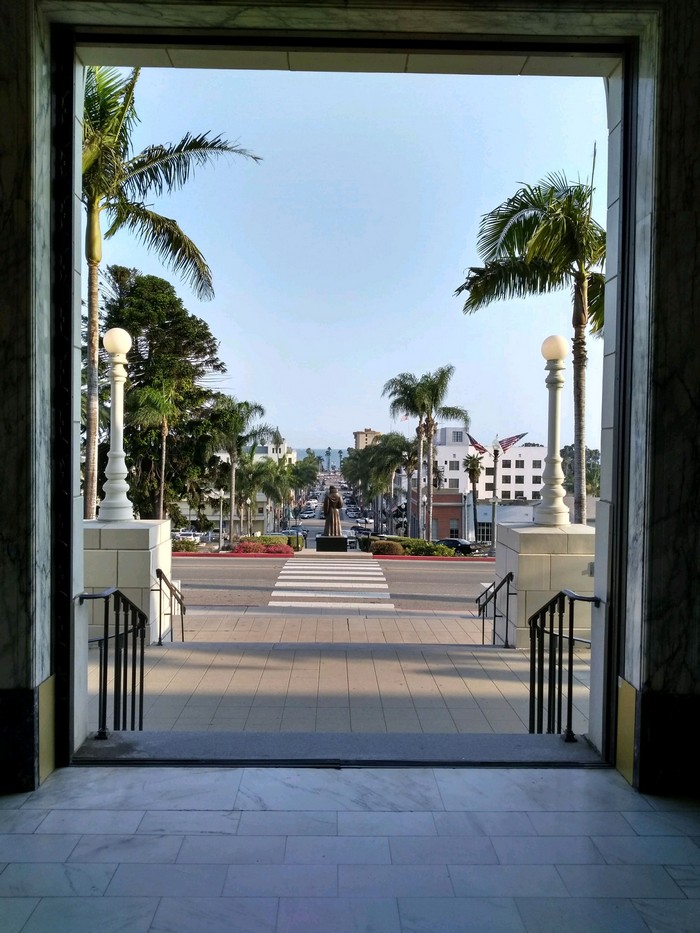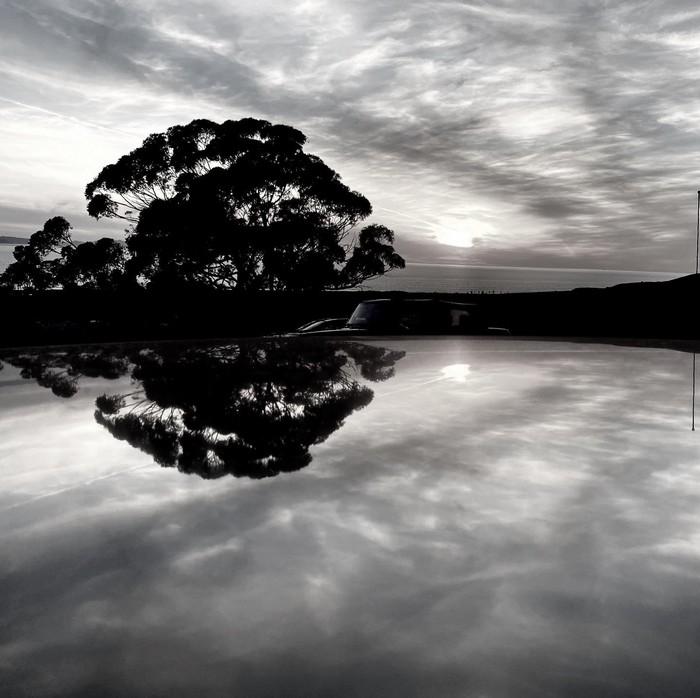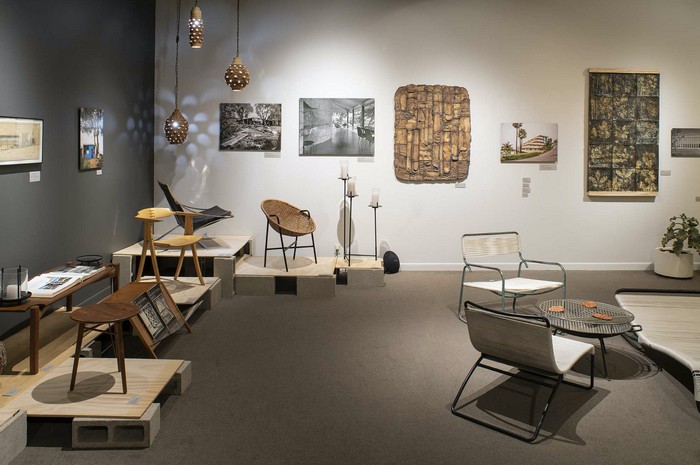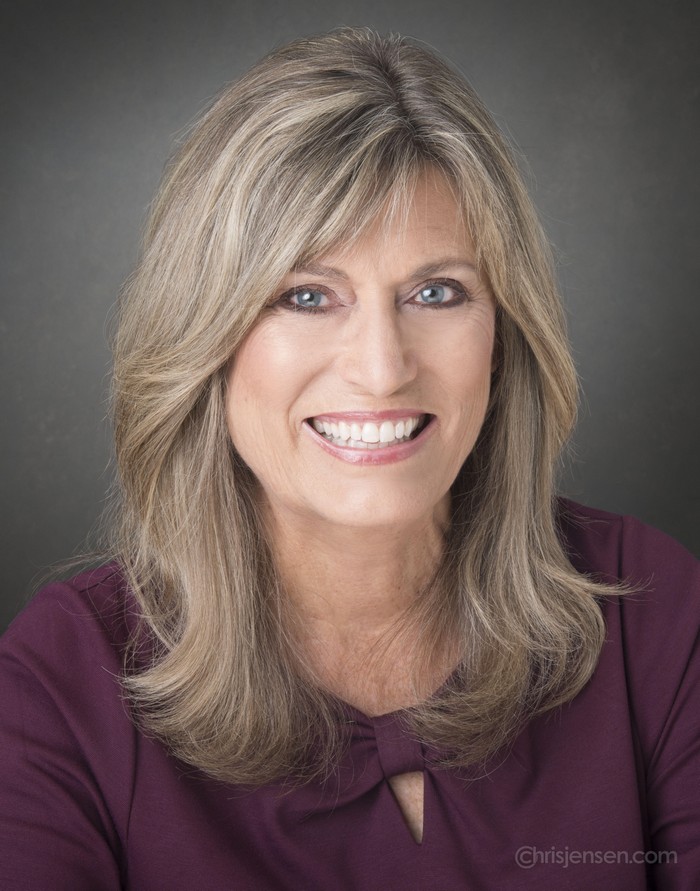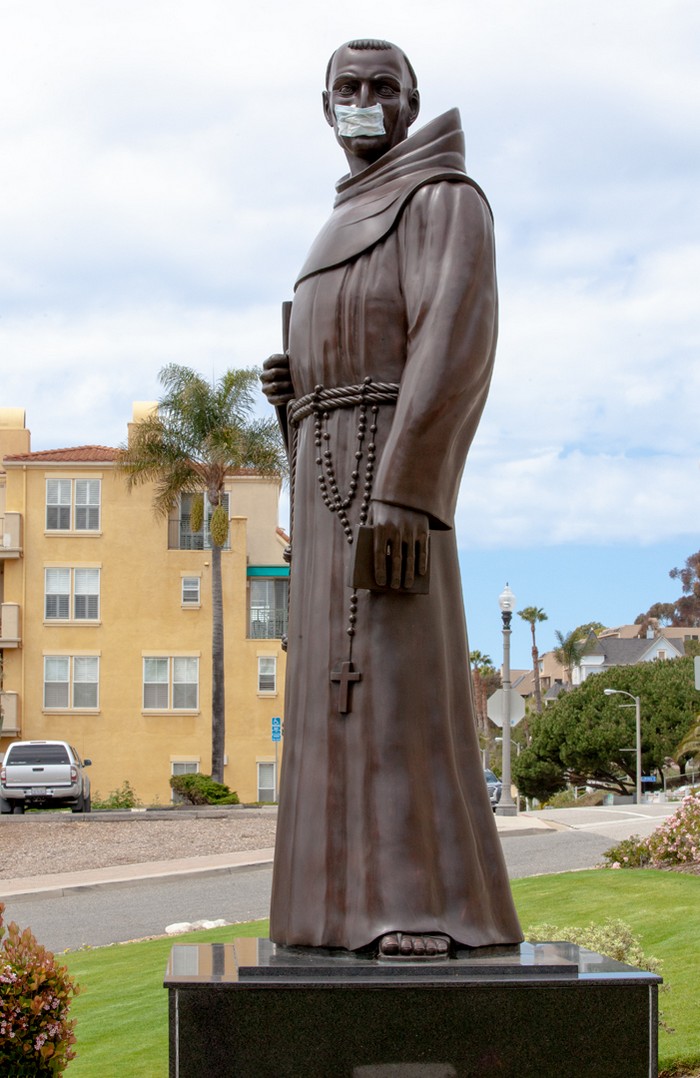Christy Weir stated “There has been no better time to think globally and act locally.”
by City Council Member Christy Weir
Fifty years ago, in 1970, the first Earth Day was celebrated. Wisconsin Senator Gaylord Nelson had witnessed the destruction from the Santa Barbara oil spill the previous year and was committed to raising public consciousness about air and water pollution. His partner in the bipartisan founding of Earth Day was Congressman Pete McCloskey, Republican from California. On April 22, 1970, 20 million Americans demonstrated at massive rallies for a healthy, sustainable environment. Having seen decades of toxic dumping, pesticides, loss of wilderness, deforestation, extinction of wildlife and polluting factories, they marched and protested across the country.
Overwhelming support from Democrats and Republicans subsequently led to four years of landmark environmental legislation, including the Environmental Protection Act, Clean Air Act , Clean Water Act and the Endangered Species Act.
For many individuals, state and local governments and businesses, air pollution was accepted as a byproduct of prosperity. Then, because of the Clean Air Act regulations, vehicle emissions dramatically decreased, and clean, renewable sources became an economically feasible option for power generation. But despite clean air initiatives over the past 50 years, the burning of fossil fuel has increased by over 100% in the U.S., contributing to greenhouse gases and climate change. Coal-fired power plants which emit harmful chemicals, including mercury, lead and carbon monoxide, continue to foul the air. Ninety-five percent of the world population are exposed to concentrations of particulate matter which exceed the World Health Organization’s recommended limit.
Deforestation negatively impacts our climate and air quality as well. About half of the forests in the eastern part of the United States were cut down for timber and farming from 1600-1900. Since 1970, the National Environmental Policy Act (NEPA) has protected our forests, and cities across the nation have instituted tree-planting programs to improve air quality and provide shade and carbon sequestration in urban areas.
The Endangered Species Act has been instrumental in saving the bald eagle, humpback whale, grey wolf, and grizzly bear from extinction, in addition to protecting hundreds of other threatened species. However, biodiversity since 1970 has continued to decrease. Currently the total worldwide biomass of mammals is estimated to be 60% livestock, 36% human, and only 4% wild animals. Greater species diversity ensures natural sustainability for all life forms, and habitat loss from climate change, mining, pollution and urban sprawl endangers thousands of species on our planet.
Since 1970, single use plastics have become ubiquitous as a part of our consumer-driven, “convenience” culture. Think about fifty years ago—no plastic bags, no plastic water bottles or coffee cup lids. The average American now generates about five pounds of trash per day and waste generation rates are rising around the world. Over the decades, cities started recycling programs, and plastic, paper and glass were collected and diverted from landfills, sold to be reused. Much was shipped to China, the biggest market for recyclables. But in 2018, burdened by too much waste, China essentially shut down their acceptance of plastics and most paper, forcing many cities to send all their trash to landfills. (EJ Harrison in Ventura County continues to have other markets for their recyclables.)
Over the past two months, air pollution has decreased by an estimated 50% worldwide. Children in cities which have been smothered in smog for decades are able to breathe clean, fresh air, and see clear blue skies.
On this Earth Day 2020, let’s envision and celebrate a future that is less wasteful, less toxic, more healthy and sustainable. We can all do our part by limiting consumption of products that contain palm oil, buying local produce, using less plastic, planting trees, walking and riding bikes more and driving less. There has been no better time to think globally and act locally.



